By Dominique Harris
on June 17, 2017
With 2 comments
ORGANIC...SMORGANIC..Let's talk about it!
Being a handcrafter of apothecary products that include natural, organic and wildcrafted ingredients, I receive a ton of questions regarding the scoop on organic ingredients and why they are so expensive. So, I thought, hmmm, what better way to try to explain the scoop on organic than a blog post, yay! In terms of our ingredients, look for the (*) next to any ingredient, which symbolizes an 'organic ingredient'.
WHAT QUALIFIES AN INGREDIENT AS ORGANIC?
According to the USDA, organic ingredients must be 95% free of synthetic additives like pesticides, chemical fertilizers and dyes. Organic is the most heavily regulated food system. The ingredients also must not be processed using industrial solvents, irradiation, or genetic engineering (GMO). Fact, just because an ingredient is 'natural' does not qualify it as 'organic'. So..to sum up organic vs. natural , here's a list via www.organicitsworthit.org
WHY ARE ORGANIC INGREDIENTS, FOODS AND PRODUCTS MORE EXPENSIVE?
Sarah Villafranco of Osmia Organics said it best, "Organic food and products cost more because they're harder to grow and harder to make....simply put. There's a fee associated with becoming certified organic, but there's more to it. Organic farmers have lower crop yields and smaller crops, and have to manage pests with very time consuming, natural methods like crop rotation, inter planting and the use of lady bugs (a gardeners dream bug) rather than spraying a plant with toxic pesticides."
Converting land to organic status is a three-year process. There is a two-year conversion process consisting of building up the fertility of the land. Produce grown in the first year cannot be stated as organic. In the second year produce may be stated as “In Conversion”. It is not until the third year that produce may be stated as fully organic. Soil and natural fertility building are important parts of organic farming. The farming practices are environmentally friendly, but the non use of harsh chemicals make the crops more volatile. Animal meat considered organic must contain 95 - 100% organic materials, therefore, synthetic additives and antibiotics cannot be added to the animal feed. So cleaner, healthier meat products and lower risks of exposure to carcinogenic ingredients. As a product maker, I can tell you that the costs of organic raw materials are expensive, bottom line, especially when they are from great reliable sources who have met certifications such as Oregon Tilthe (OTCO), USDA Certified, Forest Grown, Fair For Life and others... When the cost of 'organic' is higher, consider these facts as well (via organic.org) :
-
Organic farmers don’t receive federal subsidies like conventional farmers do. Therefore, the price of organic food reflects the true cost of growing.
-
The price of conventional food does not reflect the cost of environmental cleanups that we pay for through our tax dollars.
-
Organic farming is more labor and management intensive.
-
Organic farms are usually smaller than conventional farms and so do not benefit from the economies of scale that larger growers get.
HOW CAN I TELL IF SOMETHING IS ORGANIC?
-
The USDA has identified for three categories of labeling organic products:
-
100% Organic: Made with 100% organic ingredients
-
Organic: Made with at least 95% organic ingredients
-
Made With Organic Ingredients: Made with a minimum of 70% organic ingredients with strict restrictions on the remaining 30% including no GMOs (genetically modified organisms)
-
Products with less than 70% organic ingredients may list organically produced ingredients on the side panel of the package, but may not make any organic claims on the front of the package. (vis organic.org)
WHAT ARE SOME OF THE BENEFITS?
Well, one of the main benefits is the fact that you lessen your exposure to potentially harmful chemicals such as pesticides, harsh solvents and dyes..many which have been linked to cancer. So, in essence, you are paying a little more for cleaner, healthier food and ingredients for your whole self.
HOW CAN I ENJOY ORGANIC LIVING AT LOWER COSTS?
Well, for one, try cooking at home more and incorporating plants into the diet. Eating out is expensive, period, and most times, the ingredients used in restaurants are not stellar. If you don't have access to organic often, try to eat plenty of fresh fruit and vegetables and use a great cleaner to try to remove the pesticides, such as: soaking produce in distilled white vinegar, a soak using pure African Black Soap or we love the Environne Cleaner. Also, you can make some amazing household cleaning products with simple ingredients such as: Baking Soda, Distilled White Vinegar and Lemon, throw in a few essential oils that are great for keeping in your pantry such as Tea Tree Oil, Lemon Essential Oil, Sweet Orange Essential Oil, Lavender Essential Oil (this is also an amazing oil to apply directly to burns or cuts) and/or Peppermint Essential Oil..Doctor Bronners does an amazing job at cleaning counters, carpet, upholstery, tubs and the whole body..in one bottle. You can make your own healthy deodorant by combining baking soda and organic coconut oil, add a few drops of sage, lavender and/or tea tree essential oils and voila! Make your own bath salts for a relaxing soothing bath. Make your own body oils using high quality oils such as: Safflower, Sweet Almond and Olive Oil, drop in a capsule full of vitamin e (1%) and voila! Organic living can be just as frugal as conventional living when you get familiar and creative with ingredients...and, it's quite empowering and fun to make your own healthy living goodies! So, how bout' it..ready to indulge in the 'organic' lifestyle? As always, I hope this helps.


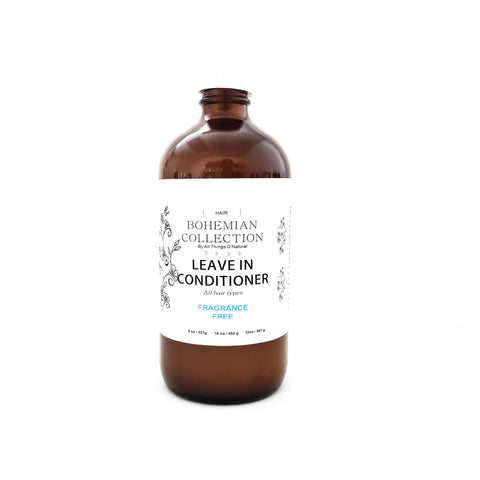
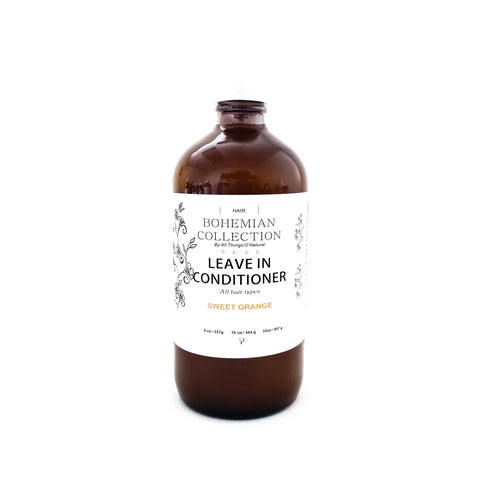
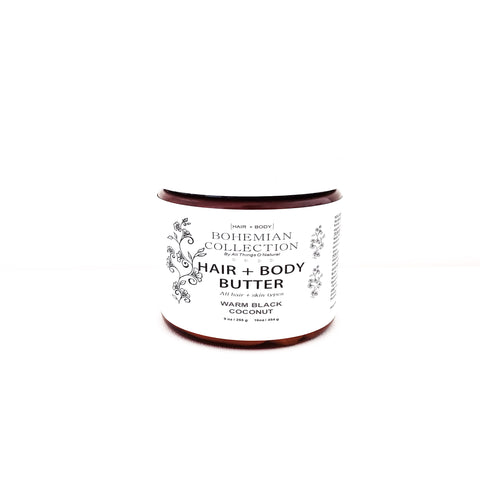
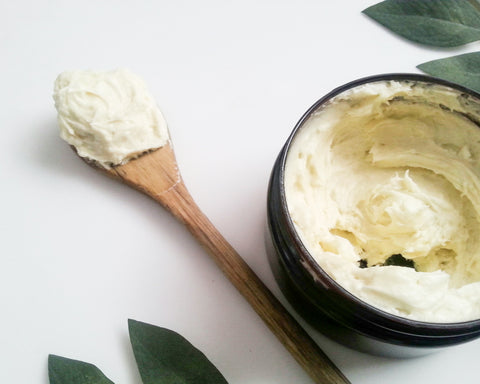
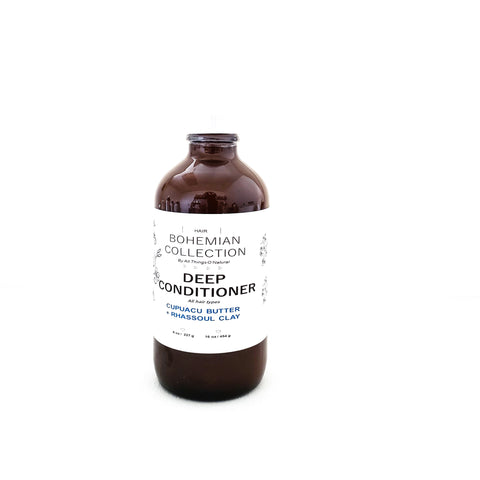
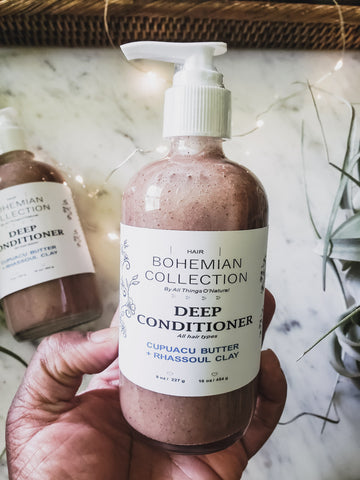
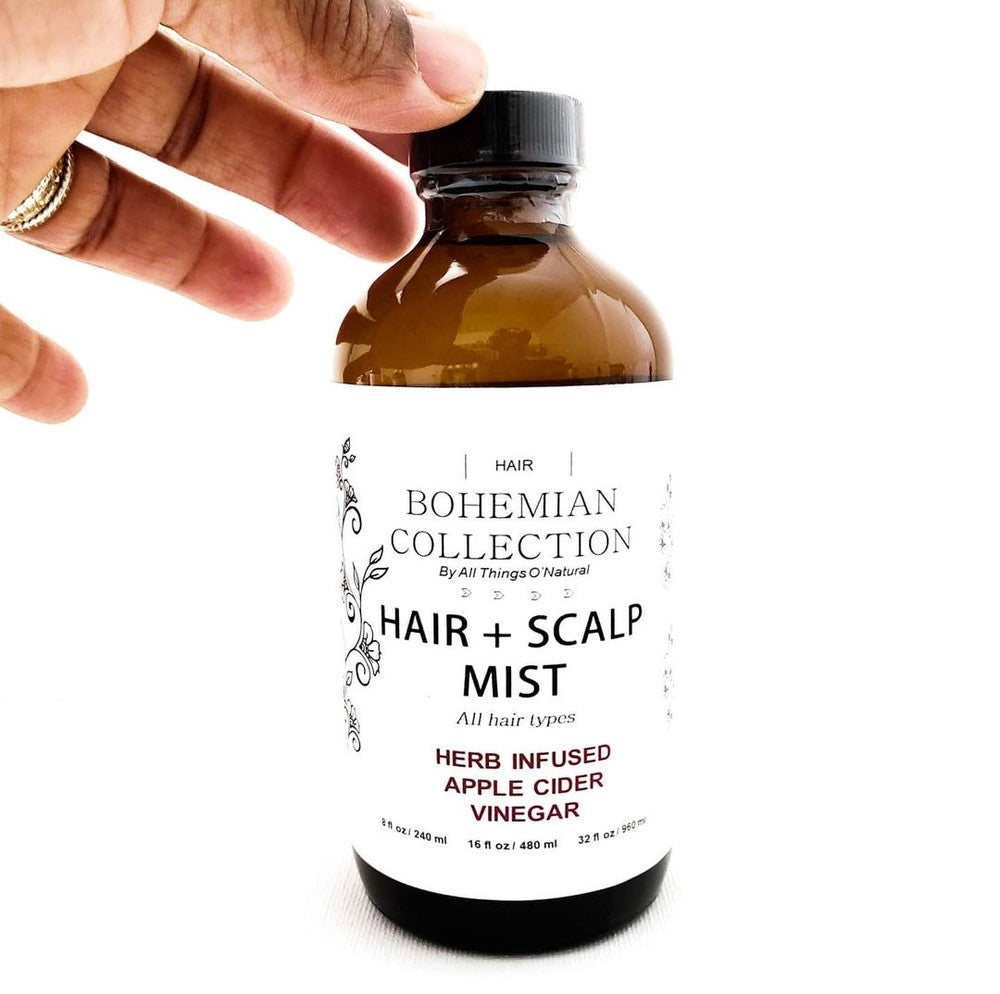
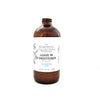
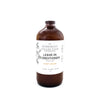
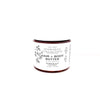

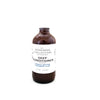

well i have alot of hair breakage and split ends really bad im trying to grow my hair back okay how long do you see hair results any hair growth samples that you can send me in the mail and how long do you see hair results keyshia thank you and God bless
Thank you so much for sharing this post. It has really given me something to think about and ideas on living more organically.